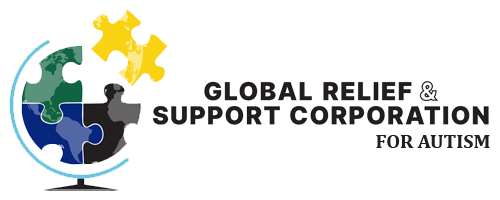Understanding IEPs: Tailored Learning for Success
An Individualized Education Plan, commonly known as an IEP, is a personalized plan designed to meet the educational needs of a student with disabilities. It serves as a roadmap, outlining specific IEP goals, services, and accommodations necessary for the student to thrive academically and socially. The IEP process is crucial in ensuring that education is truly accessible for every student, regardless of their abilities or challenges.
Your Rights in the IEP Process
- Right to an Active Role: As a parent or guardian, you have the right to actively participate in IEP meetings and collaborate with the IEP team, which typically includes educators, specialists, and sometimes the student themselves. This collaborative approach ensures that the IEP is student-centered.
- Right to IEP Accommodations and Modifications: IEP accommodations and modifications are key components of the plan. Accommodations are adjustments made to help the student access the curriculum, while modifications alter the curriculum itself. These tailored IEP accommodations and modifications are critical for student success.
- Right to Regular IEP Assessment: The IEP process includes regular assessment to evaluate the student’s progress toward IEP objectives and goals. This assessment helps in making necessary IEP strategies and adjustments.
- Right to IEP for Various Disabilities: IEPs are not one-size-fits-all. There are specific IEPs for various disabilities, including IEPs for ADHD, IEPs for autism, IEPs for dyslexia, IEPs for speech therapy, IEPs for learning disabilities, IEPs for behavioral issues, IEPs for gifted students, and even IEPs for hearing or visual impairment. Each IEP is tailored to address the unique needs of the student.
Navigating the IEP Journey
- IEP Evaluation and Documentation: The IEP process starts with an evaluation to determine eligibility for special education services. The results of this evaluation guide the creation of the IEP documentation.
- IEP Review and Legal Requirements: IEPs must be reviewed annually to ensure they remain relevant. These reviews are part of the legal requirements set forth by IDEA.
- IEP Implementation and Progress Monitoring: The successful implementation of the IEP is crucial. Progress is continually monitored to make data-driven decisions about IEP strategies and modifications.
- IEP Transition and Parent Involvement: As students grow, the IEP process may include a transition plan to address changing needs. Your involvement as a parent or guardian remains essential throughout this journey.
Conclusion: Empowering Education Through IEPs
Individualized Education Plans are not just documents; they are blueprints for success. They unlock the potential of individuals with disabilities, providing a pathway to reach their academic and personal goals. Active participation in the IEP process, along with the rights granted under ADA and IDEA, ensures that every student has an equitable opportunity to learn, grow, and thrive.
As you embark on the journey of IEP development and advocacy, remember that you are not alone. Your involvement, advocacy, and commitment are the cornerstones of a brighter future for individuals with disabilities.
We hope this blog has shed light on the importance of IEPs, your rights, and the significance of your active role in ensuring that every student receives the education they deserve.
For more information on your rights, please refer to the U.S. Department of Education’s guide on IDEA and the U.S. Department of Justice’s ADA website.
https://www2.ed.gov/parents/needs/speced/iepguide/index.html



